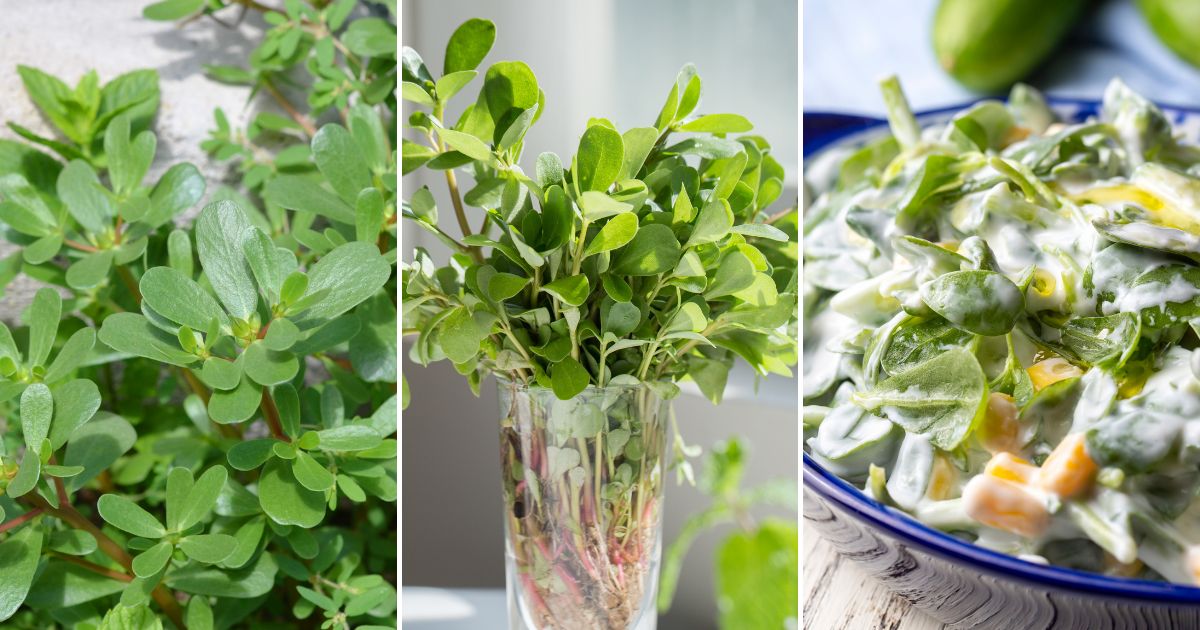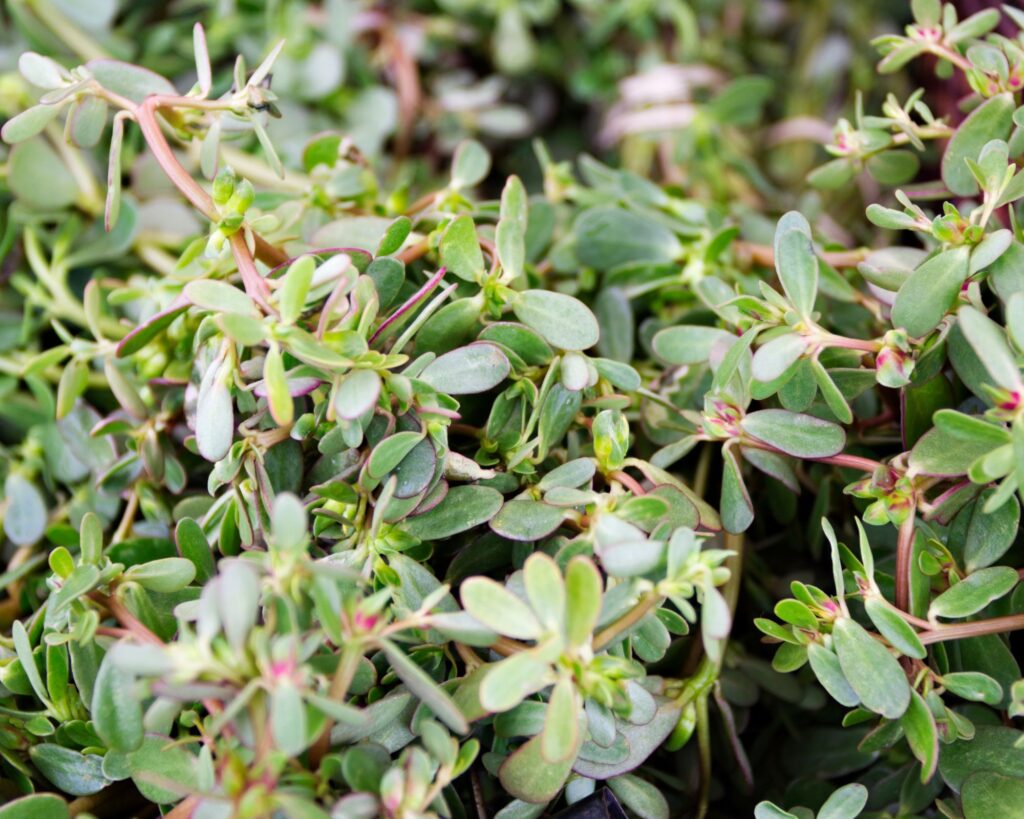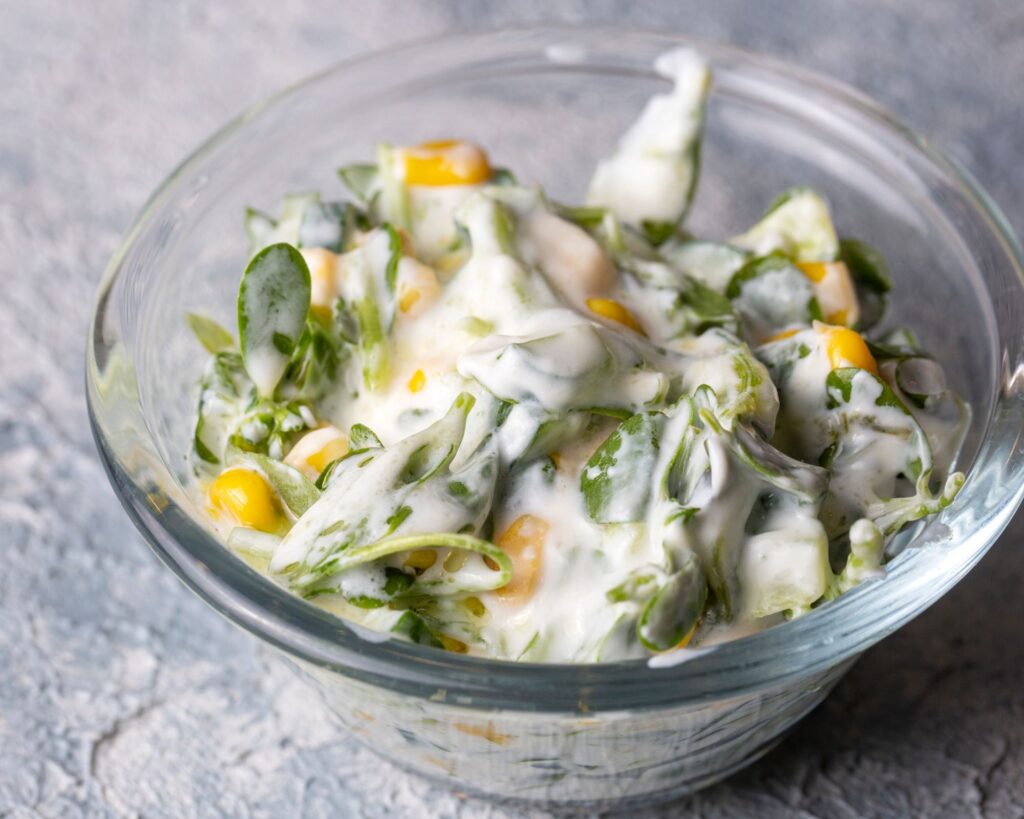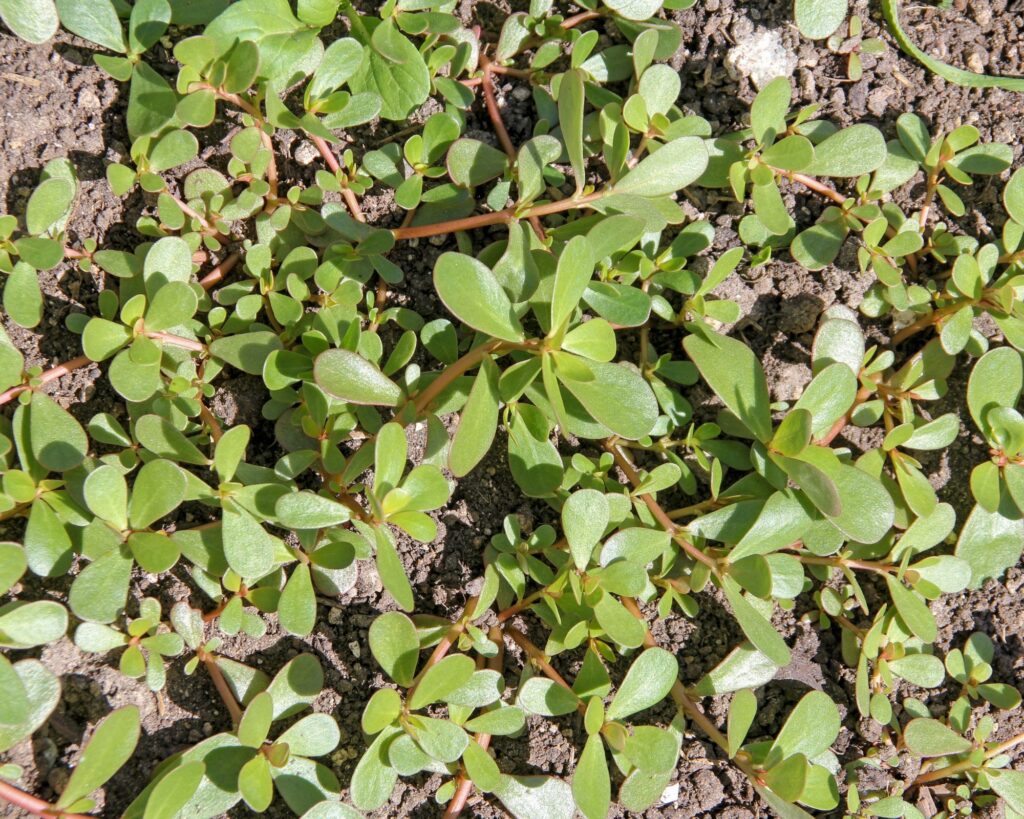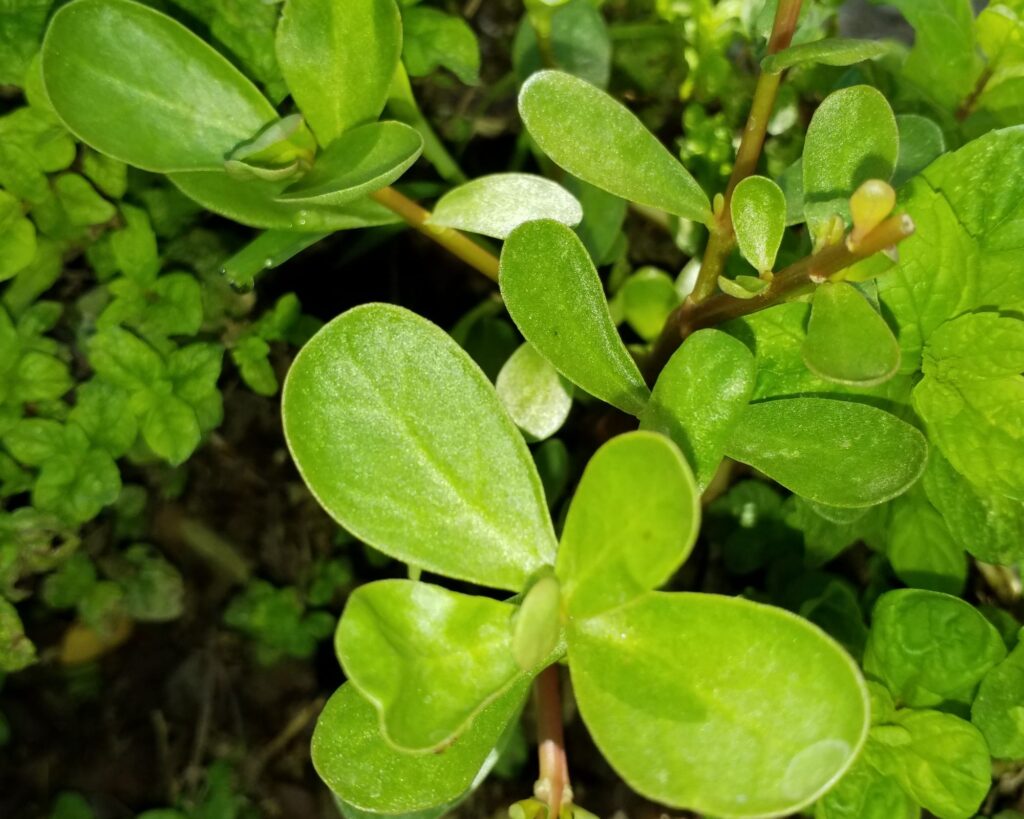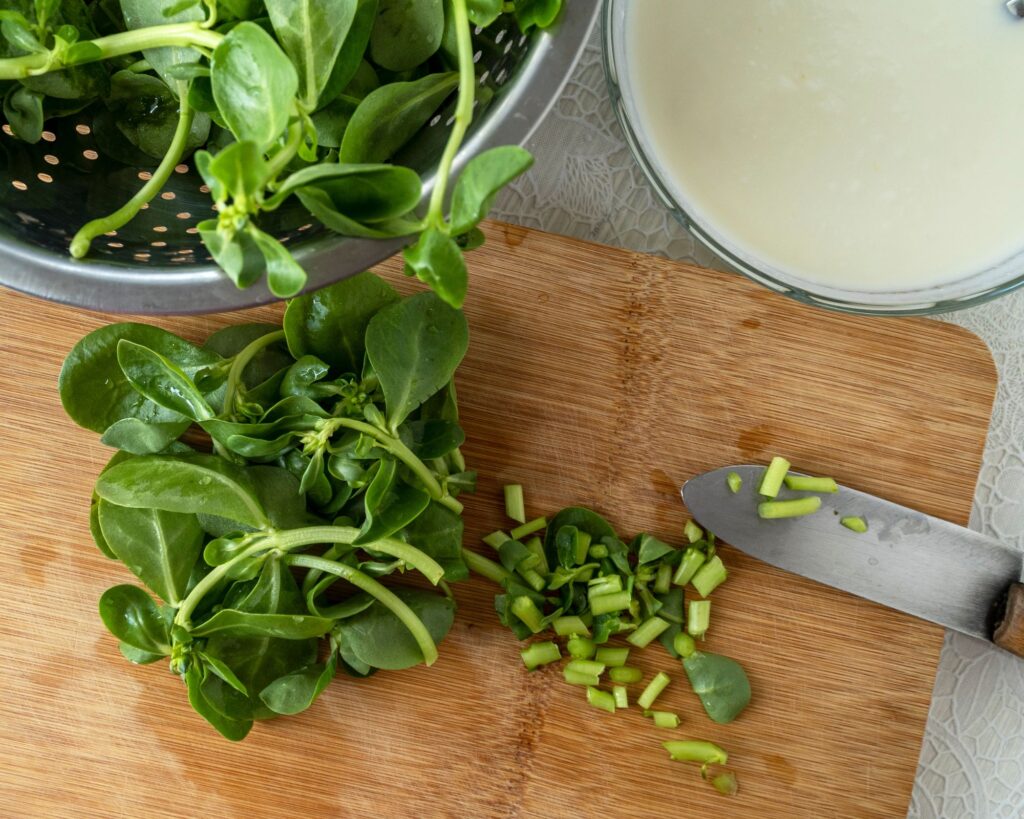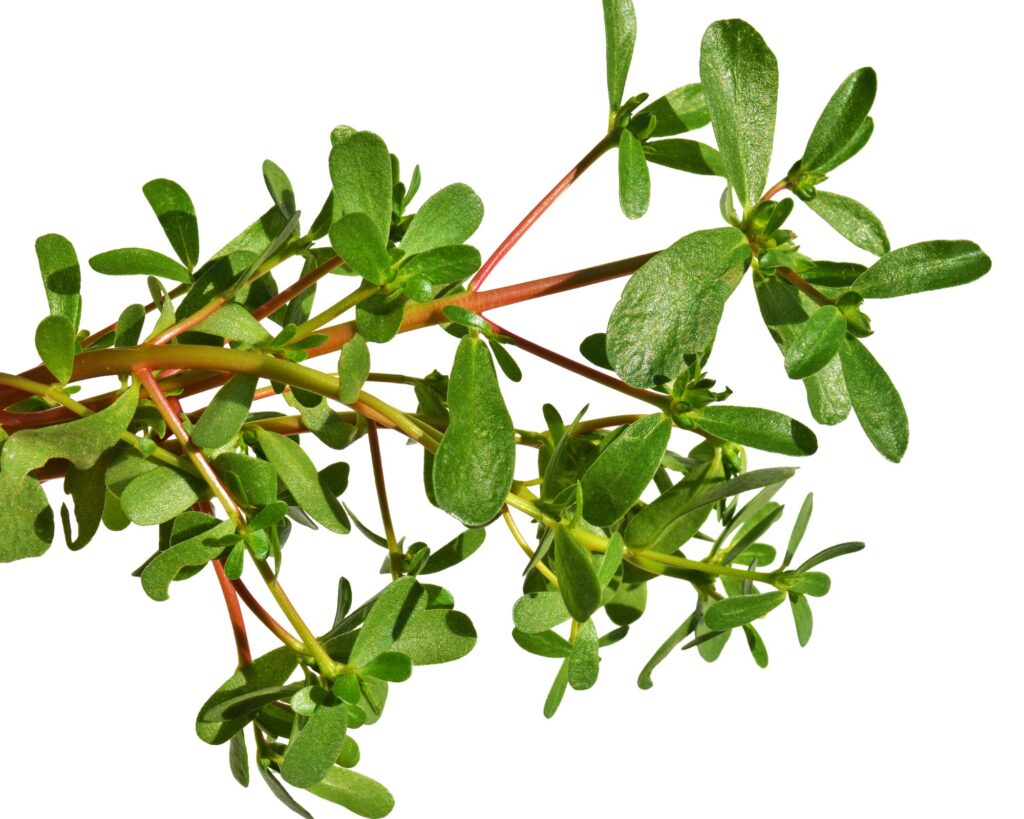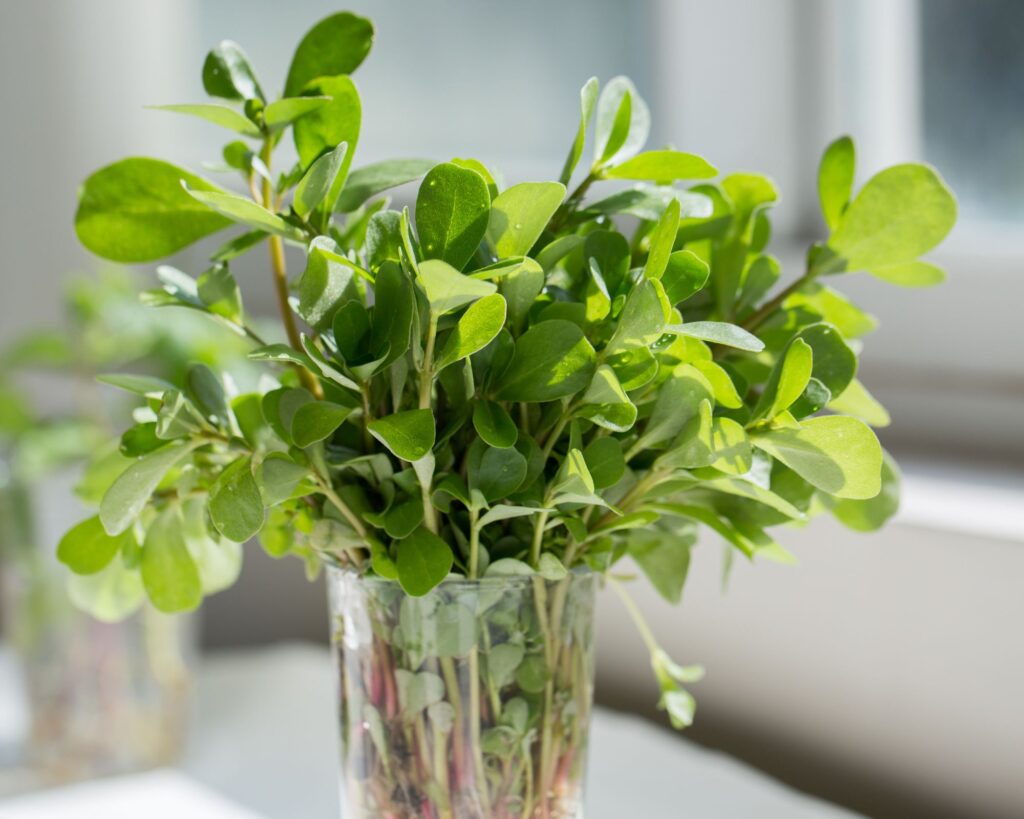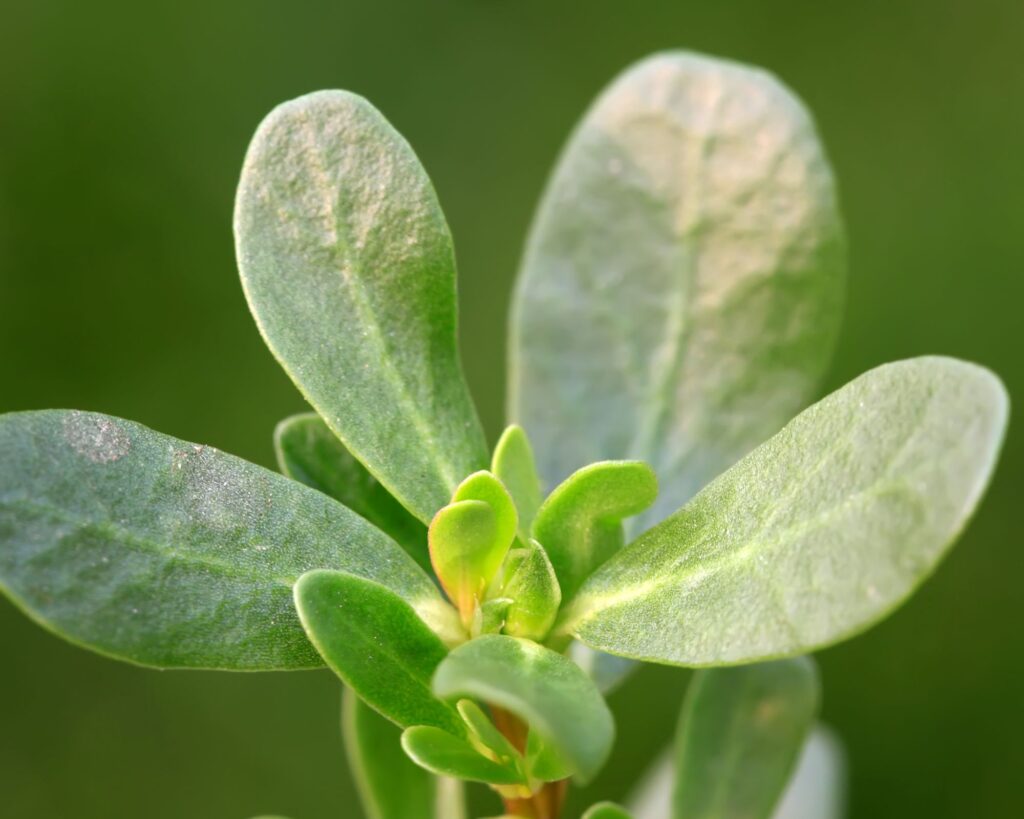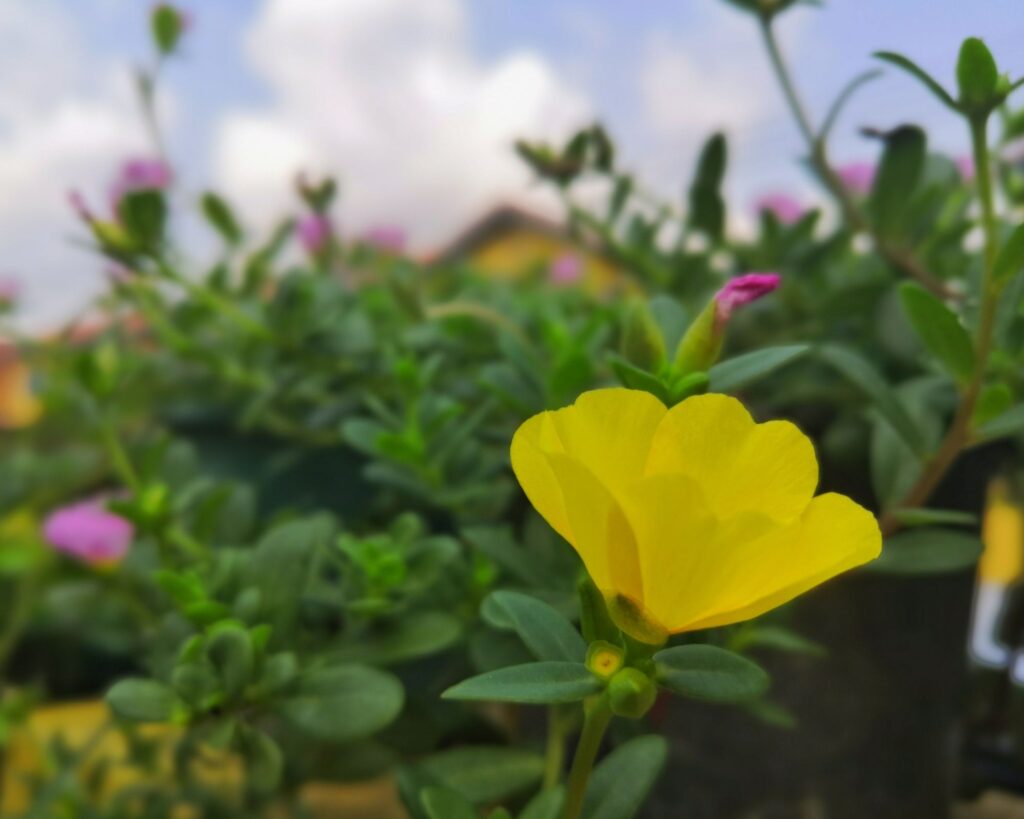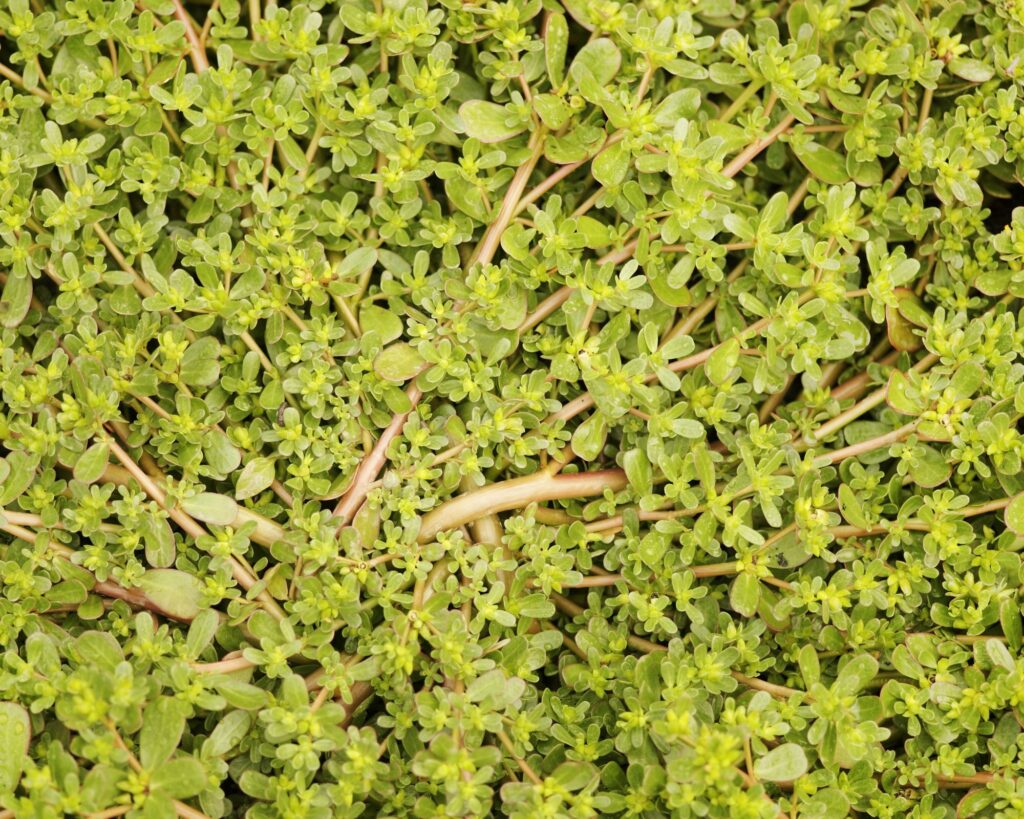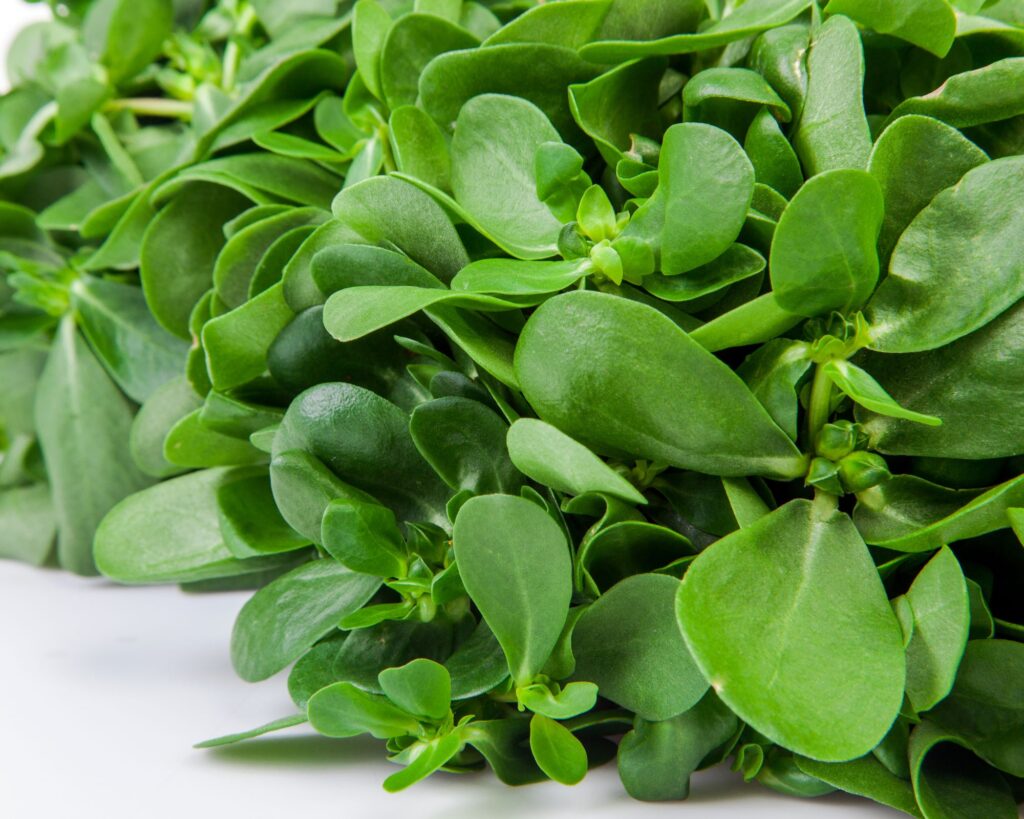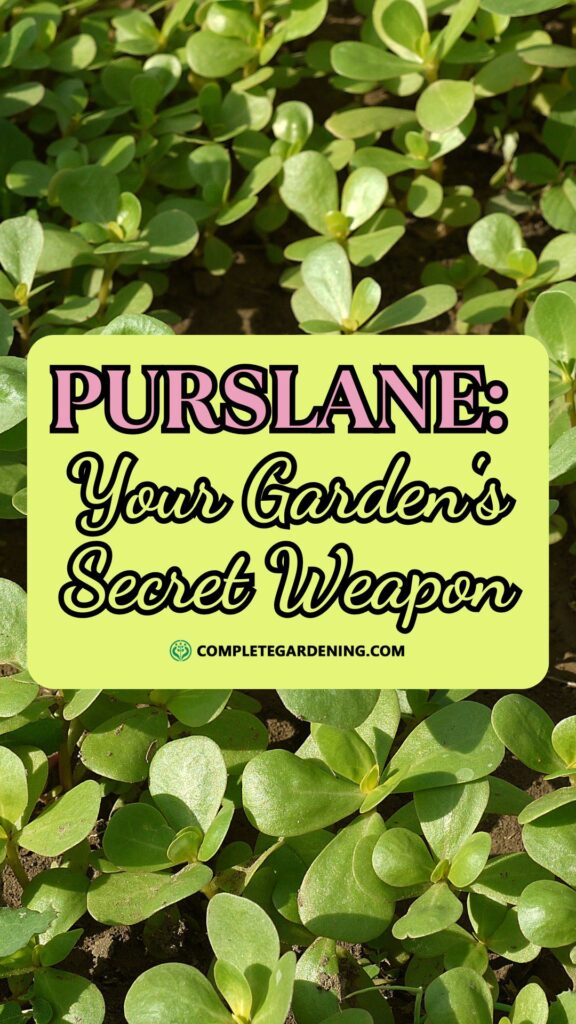What if the weed you’ve been tirelessly pulling out of your garden was actually a superfood hiding in plain sight?
Purslane may look like a nuisance with its fleshy leaves and creeping growth, but beneath its humble exterior lies a wealth of benefits that could transform your garden and your kitchen.
Curious why this underdog plant deserves a second chance? Here’s why you should stop seeing purslane as a problem and start embracing it as a powerful ally in your garden.
1. Nutrient Powerhouse
Purslane is packed with essential vitamins and minerals. It contains more omega-3 fatty acids than any other leafy vegetable, which are crucial for heart health and reducing inflammation.
Purslane is also rich in vitamins A, C, and E, as well as magnesium, calcium, potassium, and iron. Including purslane in your diet can provide a significant nutritional boost.
2. Edible and Delicious
One of the most surprising facts about purslane is that it’s edible and quite delicious! It has a slightly tangy, lemony flavor with a hint of pepper, making it a perfect addition to salads, sandwiches, and soups.
The stems, leaves, and flowers are all edible, and its crisp texture adds a refreshing bite to any dish.
3. Excellent for Soil Health
Purslane acts as a living mulch, protecting the soil from erosion and reducing water evaporation. Its sprawling growth habit covers the ground, helping retain moisture in the soil and preventing it from drying out.
Additionally, purslane’s deep roots help break up compacted soil, allowing nutrients and water to penetrate more effectively.
4. Easy to Grow
Purslane is one of the easiest plants to grow. It thrives in poor soil conditions, requires very little water, and is highly resistant to pests and diseases.
If you’re looking for a hardy, low-maintenance plant, purslane is an excellent choice.
In fact, it grows so easily that it’s often considered a weed – but that’s part of its charm. You don’t need to worry about babying it or providing ideal growing conditions.
5. Rich in Antioxidants
Purslane is loaded with antioxidants, which help protect your cells from damage caused by free radicals.
These antioxidants, including beta-carotene, vitamin C, and vitamin E, are known to reduce the risk of chronic diseases, such as heart disease and cancer.
Incorporating purslane into your meals can boost your intake of these important compounds.
6. Supports Heart Health
Thanks to its high content of omega-3 fatty acids, purslane is excellent for promoting heart health. Omega-3s are known to reduce blood pressure, lower cholesterol levels, and decrease the risk of heart disease.
By adding purslane to your diet, you’re supporting cardiovascular wellness in a natural and nutritious way.
7. Boosts Immune System
The vitamin C in purslane plays a crucial role in supporting a strong immune system. Vitamin C helps the body fight off infections, promotes wound healing, and boosts collagen production.
By regularly consuming purslane, you can help fortify your immune defenses and keep yourself healthier throughout the year.
8. Improves Skin Health
Purslane’s high levels of antioxidants, especially vitamins A and C, make it beneficial for skin health.
These vitamins help reduce the signs of aging, promote collagen production, and protect the skin from environmental damage.
Purslane can even be used topically in some cultures to treat skin irritation and inflammation.
9. Promotes Eye Health
Thanks to its abundance of vitamin A and beta-carotene, purslane is a great plant for promoting eye health.
Vitamin A is essential for maintaining good vision and reducing the risk of age-related eye conditions like cataracts and macular degeneration.
Adding purslane to your diet can support long-term eye health and function.
10. Natural Ground Cover
If you’re looking for a low-growing ground cover that can fill in gaps in your garden, purslane is a perfect solution.
Its sprawling growth habit creates a dense carpet that suppresses weeds and protects the soil.
Unlike invasive plants, purslane is easy to control and remove if needed, but its benefits as a natural ground cover are hard to ignore.
11. Sustainable and Eco-Friendly
Purslane is one of the most sustainable plants you can grow. It requires minimal water, grows in a wide range of soil types, and doesn’t need any fertilizers or pesticides.
Its ability to thrive in tough conditions makes it a highly eco-friendly plant. If you’re looking to create a more sustainable garden, purslane is an excellent, low-impact choice.
12. Medicinal Properties
Purslane has been used in traditional medicine for centuries. It is known for its anti-inflammatory, antimicrobial, and antifungal properties.
Some cultures use purslane to treat a variety of ailments, including headaches, gastrointestinal issues, and skin conditions.
While more research is needed, the plant’s traditional uses hint at its potential medicinal benefits.
13. Attracts Beneficial Insects
Purslane’s small yellow flowers attract beneficial insects like bees and ladybugs to your garden.
These insects play a vital role in pollination and controlling pests, making purslane a valuable plant in maintaining a balanced and healthy garden ecosystem.
By letting purslane grow, you’re also inviting more biodiversity into your space.
14. Prevents Erosion
Because purslane grows low to the ground and spreads quickly, it acts as a natural erosion control.
Its dense network of roots helps hold the soil in place, preventing it from washing away during heavy rains or windy conditions.
If you have areas in your garden prone to erosion, planting purslane can help protect and stabilize the soil.
15. Reduces Food Waste
Growing purslane in your garden provides a fresh, free source of food that you might otherwise overlook.
By harvesting and eating purslane instead of pulling it out as a weed, you’re reducing food waste and making the most of what your garden naturally provides.
It’s a simple way to embrace a more sustainable and waste-conscious lifestyle.
How to Use Purslane in Your Kitchen
Now that you know all the reasons why you should keep purslane around, let’s talk about how to use it in your meals.
Purslane is incredibly versatile and can be enjoyed raw or cooked. Here are a few simple ways to incorporate it into your kitchen:
- Salads: Add purslane to your salads for a crisp, refreshing bite. It pairs well with tomatoes, cucumbers, and light vinaigrettes.
- Smoothies: Blend purslane into your morning smoothies for a nutrient boost. Its mild flavor won’t overpower other ingredients.
- Stir-fries: Toss purslane into stir-fries for a crunchy addition. It cooks quickly, so add it at the end of cooking to preserve its texture.
- Soups: Use purslane as a garnish or stir it into soups for extra nutrition and flavor.
- Purslane Pesto: Blend purslane with garlic, olive oil, nuts, and parmesan to make a unique and nutrient-rich pesto.
Growing and Harvesting Purslane
If you’re ready to stop treating purslane as a weed and start cultivating it in your garden, you’ll be happy to know that it’s incredibly easy to grow.
Purslane thrives in hot, dry conditions and poor soil. It doesn’t require much water, and you won’t need to fuss over it. Simply let it grow naturally, and it will flourish.
When harvesting purslane, look for young, tender leaves and stems. These are the most flavorful and have the best texture.
You can snip off what you need and let the plant continue to grow, providing you with a steady supply of fresh greens throughout the growing season.
Purslane may have been dismissed as a common weed, but as you can see, it’s anything but ordinary. From its impressive nutritional profile to its ability to improve soil health and attract beneficial insects, purslane is a plant worth keeping in your garden.
Whether you choose to use it as a ground cover, a culinary ingredient, or a natural remedy, embracing purslane can enhance both your garden and your life.
So, next time you see purslane popping up in your garden, resist the urge to pull it out. Instead, harvest it, enjoy its benefits, and let it thrive as part of your garden ecosystem.
With so many reasons to embrace this resilient plant, it’s clear that purslane deserves a place in every garden.
